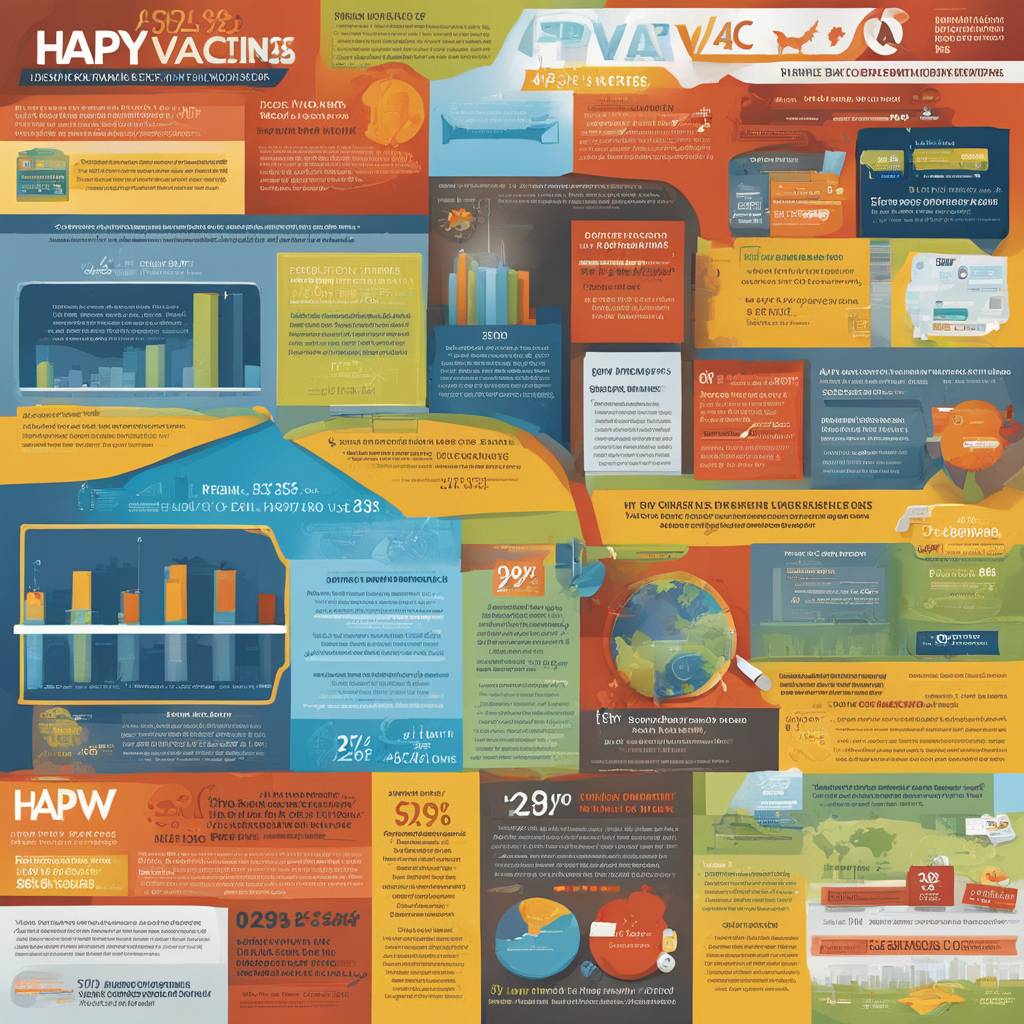A recent study has found that vaccination rates against human papillomavirus (HPV) are particularly low among Hispanics, males, and Americans with lower education levels. The study, which looked at data from over 9,000 participants aged 27 to 45, revealed that women were three times more likely to be vaccinated compared to men. Males, Hispanics, and lower-income participants were the least likely to be vaccinated against HPV. The researchers noted that men, in particular, are in need of increased knowledge about the vaccine, as rates of anal and oropharyngeal cancer, which are linked to HPV, are increasing.
Despite the fact that the HPV vaccine was originally recommended for children between 11 and 12 years old, and for catch-up vaccinations for those up to 26, the FDA expanded its use to adults between 27 and 45 in 2018. However, only about 12% of Hispanic participants in the study were vaccinated against HPV, and they were 27% less likely to be vaccinated compared to non-Hispanic whites. Participants with only a high school diploma or some college education were also less likely to be vaccinated compared to those with at least one degree. The study highlights the importance of increasing knowledge and awareness of HPV and the benefits of vaccination, especially among underserved populations.
The HPV vaccine has historically been seen as a women’s vaccine, as it was first approved for use in women in 2006, several years before it was approved for use in men. However, the vaccine is important for both genders, as HPV can lead to various types of cancers, particularly oropharyngeal cancer, which affects a large number of men. Misconceptions and lack of awareness surrounding HPV may be contributing to lower vaccination rates among certain groups. Previous research has shown that Hispanic adults have low knowledge of HPV, while non-Hispanic white women and men have higher knowledge levels. The study also found that Hispanic participants were more likely to believe HPV-related misconceptions than non-Hispanic participants.
Religious reasons may also be a factor in low HPV vaccination rates, as some religious leaders advise against vaccination due to beliefs that it promotes premarital sex. Additionally, the Covid-19 pandemic may have impacted HPV vaccination rates, with disruptions in vaccine schedules and negative sentiments toward vaccines possibly contributing to lower rates. Despite the safety and effectiveness of vaccines, an increasing number of children are receiving vaccination exemptions, which may be linked to skepticism surrounding vaccines approved during the pandemic. Overall, public perception of the importance of vaccinations has declined during the Covid-19 pandemic, which could have implications for HPV vaccination rates and other vaccine-preventable diseases.
In conclusion, increasing knowledge and awareness of HPV and the benefits of vaccination is crucial in improving vaccination rates, particularly among underserved populations such as Hispanics, males, and individuals with lower education levels. Efforts to address misconceptions and promote the importance of vaccination, as well as addressing potential religious or societal barriers to vaccination, are needed to ensure more individuals are protected against HPV-related cancers. Additionally, addressing the impact of the Covid-19 pandemic on vaccine perception and uptake is essential to prevent further declines in vaccination rates and protect public health.













